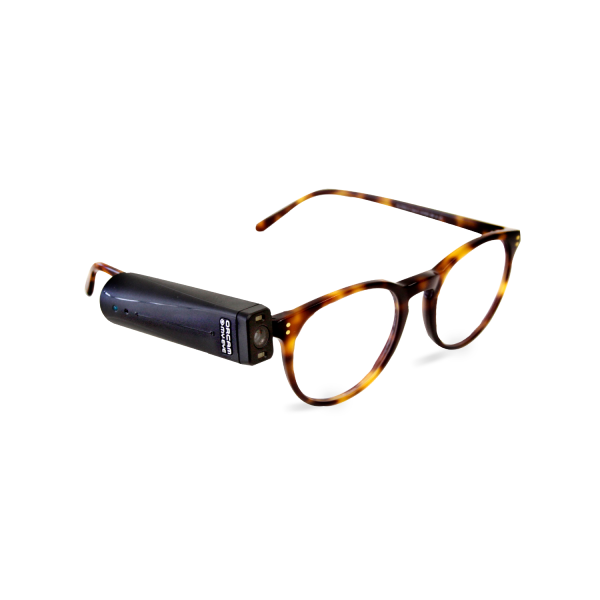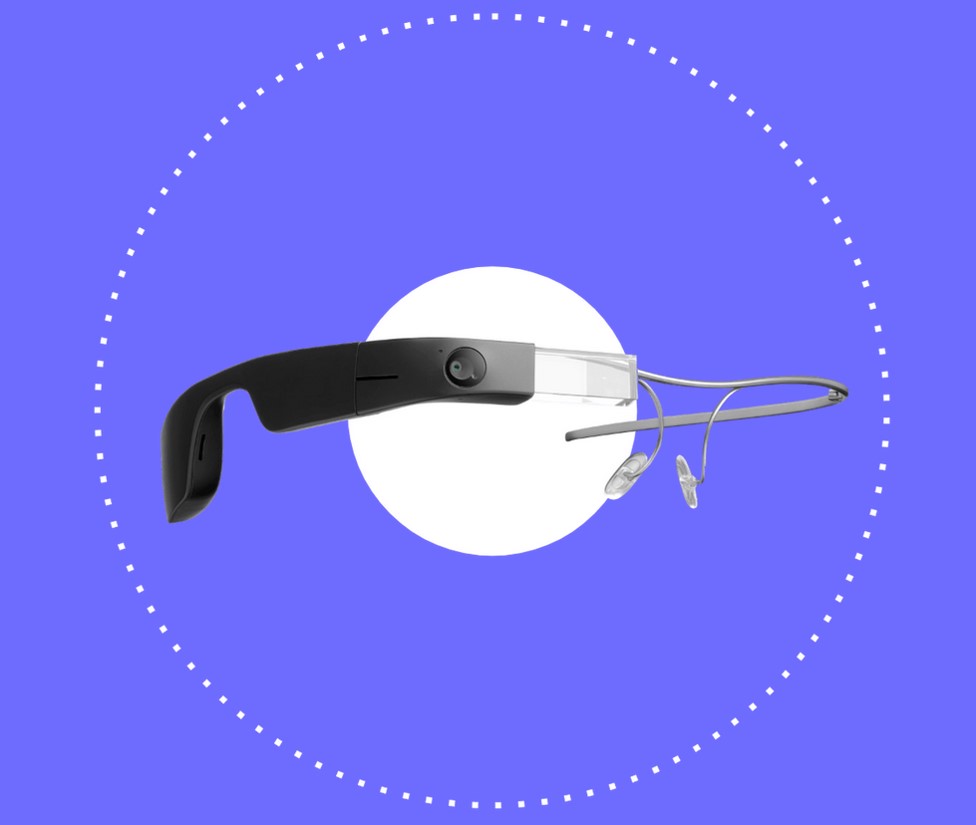AI-Powered Visual Aids: The Next Step in Assistive Technology for the Blind
AI-Powered Visual Aids: The Next Step in Assistive Technology for the Blind
Blog Article
Discover Advanced Assistive Instruments for Individuals With Aesthetic Problems
The landscape of assistive innovation for individuals with aesthetic disabilities is advancing quickly, presenting a variety of ingenious devices that enhance autonomy and involvement (Braille displays and notetakers). From clever glasses that effortlessly merge aesthetic input with acoustic assistance to sophisticated navigating applications that redefine spatial recognition, these devices are improving possibilities. Furthermore, the current innovations in Braille innovation and voice-activated systems significantly add to accessibility. Nonetheless, the effects of these developments expand much beyond simple capability; they challenge traditional understandings of special needs and freedom. What might this mean for the future of inclusion and support?
Smart Glasses Innovations
Smart glasses represent a significant development in assistive technology for individuals with aesthetic impairments. Equipped with video cameras and sensors, wise glasses can capture real-time visual information, which is after that processed and conveyed to the individual via audio feedback or haptic sensations.
Moreover, improvements in fabricated knowledge have better improved the capacities of wise glasses. Artificial intelligence formulas can recognize faces, checked out message, and identify objects, making them important tools for day-to-day tasks. Users can get auditory signs that supply context concerning their environment, fostering self-reliance and self-confidence.
Additionally, the ergonomic design and light-weight nature of several smart glasses make them ideal for extended use, making certain convenience while enhancing performance. As these gadgets proceed to develop, they hold the possible to change the method individuals with visual impairments experience their day-to-days live, bridging the space between accessibility and modern technology. The ongoing study and growth in this field assurance to increase the opportunities for smart glasses, making them an important element of contemporary assistive devices.
Navigation Application and Devices
Various navigation apps and tools have actually become important sources for individuals with aesthetic problems, dramatically boosting their capacity to traverse unfamiliar environments. These innovations take advantage of general practitioner performance, audio hints, and real-time data to offer individuals with specific navigation help.
One noticeable example is the Aira app, which connects individuals to experienced representatives who can provide visual summaries of environments and navigating assistance with a live video feed. This solution enhances the user's spatial recognition and confidence while browsing. Another remarkable device is Seeing Eye GPS, which uses voice-guided navigation and sights, enabling individuals to gain access to crucial details regarding their surroundings.

As technology continues to advance, the advancement of much more advanced navigation devices guarantees to more encourage individuals with aesthetic problems, assisting in seamless flexibility and integration into varied atmospheres. Such innovations are important in promoting an extra comprehensive culture.
Braille Innovation Improvements
In current years, innovations in Braille innovation have considerably changed just how individuals with visual problems access details and engage with the globe around them. The advancement of portable Braille displays has actually revolutionized analysis by allowing users to link wirelessly to tablet computers, computers, and smart devices. These devices convert text right into Braille in real-time, enabling smooth communication with electronic material.
In addition, cutting-edge Braille printers have actually arised, improving the production of tactile materials. Modern embossers are much faster and extra effective, enabling the fast production of Braille papers and academic products. This performance decreases the time and price related to producing Braille resources, making them much more easily accessible to companies and institutions.
Additionally, the assimilation of Braille with other modern technologies, check this such as synthetic knowledge and artificial intelligence, has actually opened up brand-new opportunities for customized understanding experiences. Voice recognition and synthesis innovations can enhance Braille, providing an inclusive approach to info dissemination.
As the demand for inclusive education and work environment atmospheres grows, these technological innovations play an essential duty in equipping people with aesthetic problems, guaranteeing they have equal accessibility to details and possibilities in various facets of life.
Wearable Instruments for Freedom
A growing array of wearable gadgets is boosting self-reliance for people with visual problems, using cutting-edge options that boost navigating and day-to-day living. Braille displays and notetakers. These devices utilize innovative modern technologies to give real-time comments and support, promoting freedom in various atmospheres

Wearable modern technology likewise includes smartwatches that can be programmed with ease of access functions, enabling users to get notices, track their areas, or even call for support with the touch of a button. Some devices incorporate synthetic knowledge to assess the setting, offering audio descriptions of nearby things or individuals.
Voice-Activated Assistive Solutions
Leveraging voice-activated assistive services has changed the landscape of support for individuals with visual impairments, offering hands-free communication and access to a selection of jobs. These technologies make use of natural language handling and fabricated knowledge to allow individuals to do day-to-day tasks with easy voice commands.

Furthermore, current innovations in voice acknowledgment accuracy have actually improved the user experience significantly, suiting varied accents and speech patterns. This inclusivity makes sure that even more individuals can gain from these modern technologies, fostering a greater feeling of freedom.
Final Thought
Finally, the advancement of innovative assistive tools significantly boosts the self-reliance and lifestyle for people with visual problems. Developments such as smart glasses, navigating apps, Braille technology, wearable devices, and voice-activated solutions collectively foster a more comprehensive atmosphere. These modern technologies empower individuals to browse their environments with self-confidence and engage even more totally with the globe, eventually advertising greater ease of access and level playing fields for people facing visual difficulties.
The landscape of assistive innovation for individuals with aesthetic impairments is advancing quickly, providing an array of cutting-edge tools that boost freedom and involvement.Smart glasses stand for a substantial development in assistive modern technology for individuals with aesthetic problems. As these devices continue to progress, they hold the potential to reinvent the means individuals with visual problems experience their everyday lives, bridging the space in between availability and modern technology.In recent years, developments in find out Braille innovation have significantly changed exactly how people with aesthetic disabilities accessibility information and involve with the globe around them. These technologies encourage customers to browse their environments with self-confidence and involve more completely with the world, eventually promoting greater access and equal opportunities for people encountering aesthetic challenges.
Report this page